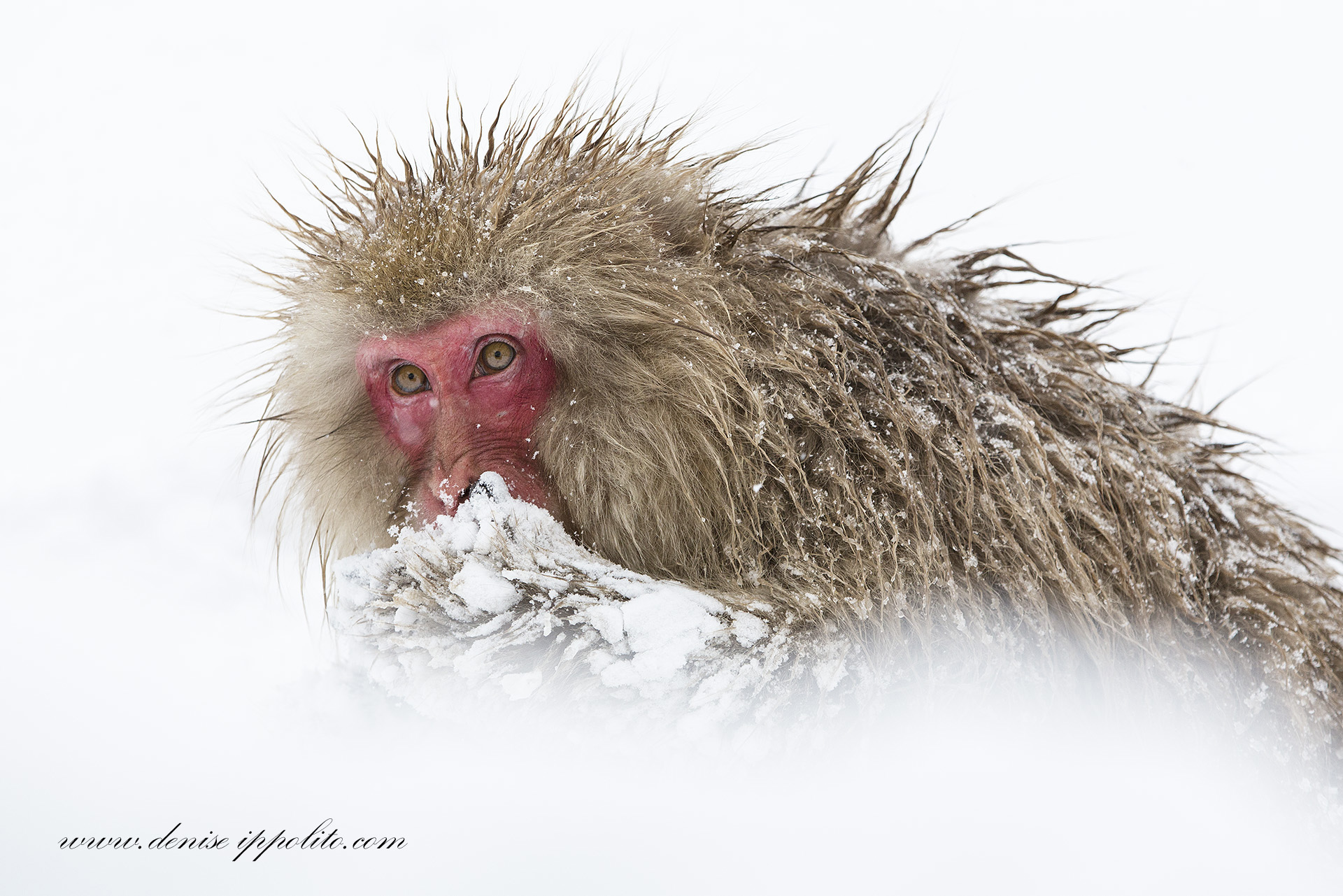Foxes are some of the most popular wildlife photo subjects. Image by Jason Savage.
The Wild Focus Project is mostly about wild animals. And in wildlife photography, “wildlife” is often (at least subconsciously) interpreted as large and impressive vertebrates, or animals with backbones – a.k.a. mammals, birds, reptiles, amphibians, and fish. A quick Google search shows us that mammals and birds are by far the most common subjects in wildlife photography, particularly those that are considered beautiful or charismatic, and often “exotic” – think lions and tigers, elephants and rhinos, primates, kingfishers, hawks and owls, and so on.
These elephants in Kruger National Park in South Africa are a few of the millions of organisms that make up this ecosystem.
These army ants in Uganda are a critical part of the forest ecosystem. Image by Bernard DUPONT
But there’s a lot more to nature than mammals and birds. The term “biodiversity” refers to all life in an ecosystem. That includes everything from ferns to foxes to fungi. In a healthy natural environment, every single living thing plays a role in in the system. For example, a savannah ecosystem in South Africa includes (but is not limited to):
- Bacteria, nutrients, and fungi in the soil
- Grasses, shrubs, and trees that grow from that soil
- Antelope, zebra, wildebeest, giraffes, and smaller animals that eat different parts of different plants
- Predators in all shapes and sizes that eat and manage prey animals (everything from leopards to monitor lizards)
- Amphibians, fish, crocodiles, and water plants in the ponds and rivers
- Huge animals like elephants, rhinos, hippos, and buffalo that literally shape the landscape
- Carrion eaters like vultures and lions
- Insects, spiders, and other invertebrates (no backbone)
- All of the natural non-living things in the area, like rocks and the soil itself
As you can see, there’s a lot going on in that ecosystem. Every single organism (living thing) has a part to play. When pieces of the puzzle disappear, certain processes and sometimes entire ecosystems can collapse. Every living thing in the environment – “from the ant to the antelope” – is crucial for a healthy and functional savannah. In turn, each ecosystem plays a role in the Earth’s biological community – ecosystems provide food, clean air, and a lot of other resources.
This illustration shows a few of the important components of a pond ecosystem. Healthy ecosystems depend on biodiversity, not just a few charismatic critters! Image by Tsilia Yotova.
So why do we specifically focus on large animals in photography, conservation, and the news? Why not plants, or fungi, or insects? Why not amphibians like frogs and salamanders, a class of animals with one of the highest percentages of endangered species?
This snow monkey seems much more relatable and human-like to us than the dragonfly below. Image by Denise Ippolito
Image by Spencer Cox
In short, it’s because people like animals. Studies show that it’s much easier for a human to form some sort of mental connection with an entity that seems similar to him- or herself in terms of intelligence, emotion, and to a lesser degree, appearance. Empathy plays a major role in conservation and interest in nature. Basically, closer an animal seems to be a human, the more likely it is that we’ll be interested in protecting and conserving it. Even when human traits aren’t actually present, we tend to assign them – that’s called anthropomorphizing. We’re most likely to anthropomorphize primates, cats and dogs, and large mammals. Birds, which look very different from people, are sort of in the middle, but their beauty, color, and fantastic (to us) ability to fly boosts their popularity. We’re least likely to anthropomorphize reptiles, amphibians, fish, and invertebrates. Invertebrates are especially unpopular due to their small size, more alien appearances, and their negative representations in culture. I saw these trends in my own research too – people were more interested in more charismatic animals, and of all the photographers I interviewed, only Spencer Cox and Barbara Driscoll seemed really interested in photographing bugs, and even then, only very particular ones.
By setting up protected areas for these Hooker's sea lions, NZ has effectively protected dozens of other coastal species that many people don't even know exist.
In some ways, our tendency to only focus on certain animals can be misleading and potentially harmful. Showing only the large charismatic mammals can send the message that only those animals matter. Many people don’t really understand what’s at risk, or the implications of losing ecosystems as opposed to individual species. On the other hand, there are some good things that come from focusing on certain species, especially those that are particularly attractive or interesting. For one thing, powerful images attract attention, and get people thinking and caring about that specific animal. But a more subtle effect is that certain animals can act as representatives for their ecosystems.
A baby orangutan clings to mom as she swings through the forest. Image by Ellen Munro
Take orangutans, for example. They’re cute and charismatic, they’re extremely similar to humans, and they’re seriously threatened by deforestation, which is related to the palm oil industry. The rainforests where orangutans live are home to millions of other living things – insects, amphibians, trees, vines, birds, fungi, snakes – but none of those are as relatable and appealing to us as the orangutan. But to protect and conserve orangutans, we need to protect their environment, which in turn protects all of the other creatures that share that environment and contribute to that ecosystem. Conservation efforts to protect orangutans and their homes have been stepped up. Largely thanks to the orangutan, many people have become aware of the harmful effects of palm oil production and begun avoiding it. (You can help too! Just check the ingredients on your food. You might be disappointed though – both Doritos and Nutella contain palm oil.)
So the next time you come across wildlife photos, take note of what sort of animals you see. More likely than not, it’ll be a large mammal or a pretty bird, and not a frog or a spider or a fish. Enjoy the picture, but also bear in mind all of the other organisms that share that animal’s ecosystem. They matter just as much, even if they’re not as visible.
***
Check out the Biodiversity page for more info about why this is all so important.
References used for this post:
- Christie, M., Hanley, N., Warren, J., Murphy, K., Wright, R., & Hyde, T. (2006). Valuing the diversity of biodiversity. Ecological Economics, 58, 304-317.
- Eddy, T.J., Gallup, G.G., & Povinelli, D.J. (1993). Attribution of cognitive states to animals: Anthropomorphism in comparative perspective. Journal of Social Issues, 49(1). 87-101.
- Knight, A.J. (2008). “Bats, snakes and spiders, oh my!” How aesthetic and negativistic attitudes, and other concepts predict support for species protection. Journal of Environmental Psychology, 28, 94-103.
- Myers Jr., O.E., Saunders C.D., & Birjulin, A.A. (2004). Emotional dimensions of watching zoo animals: An experience sampling study building on insights from psychology. Curator, 47(3), 299-321.
- Stokes, D.L. (2006). Things we like: Human preferences among similar organisms and implications for conservation. Human Ecology, 35(3), 361-369.




